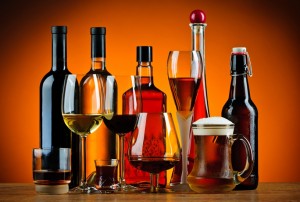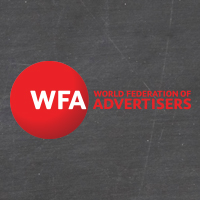 Alcohol producers are actively changing their marketing to reflect societies increased concern about the impact of drinking, says Paola de la Baume.
Alcohol producers are actively changing their marketing to reflect societies increased concern about the impact of drinking, says Paola de la Baume.
If there is one sector that has experienced a rapid change in culture over the past decades, it is alcohol.
Cast your mind back a few decades and Brits were told that ‘Guinness is good for you’, while the French were regularly reminded that Un Ricard sinon rien (‘A Ricard or nothing’) by adverts on the front of old newspapers.
A few decades later, Guinness is made of more and Ricard is jaune avec un grand R (‘Yellow with a big R’). While still creative, these slogans have been significantly toned down.
There’s good reason for this. All over the world, expectations have changed as the pressure from public health authorities has increased. More than ever, the excessive consumption of alcohol has become a public issue as well as an individual concern.
In response to the demand for increased social responsibility, the leaders of the alcohol industry have adapted. Central to the changes they’ve made has been to change the most visible element of their brands: advertising.
First of all, these global leaders have used the creativity and the high impact provided by marketing techniques to deliver a message of responsible and moderate consumption. Unlike certain alarmist approaches – which tend to scare people away – these new ‘CSR campaigns’ are convincing and effective because they speak the language of ordinary people and tell them a story they know: their own.
Secondly, these world leaders have adapted their advertising practices. The alcohol industry has set itself amongst some of the strictest standards an industry has ever self-imposed. Be it on the placement of the ads or be it on the content which they feature, two main rules prevail: no matter what device and media is used, the ads should always feature and promote a responsible consumption of alcohol; and to the best extent possible, they should always avoid any contact with minors below the locally defined Legal Purchase Age of Alcohol.
The most recent and ambitious self-regulation program yet enacted is WFA’s Responsible Marketing Pact, which launched this summer. The RMP is entirely devoted to limiting minors’ access to alcohol brand communications and is articulated around three interdependent ‘pillars for action’.
The first pillar on ‘Placement’ aims at limiting minors’ exposure to alcohol marketing by setting a common adult demographic standard for the placement of alcohol beverage marketing communications across all media (minimum of 70% adult audience).
The second pillar on ‘Social Media’ aims at reducing minors’ access to, as well as their direct interaction with alcohol brands on the four main social networks used by alcohol industry leaders: Facebook, YouTube, Instagram and Twitter. The WFA has created the first ‘Standard Alcohol Profile’ on social media.
The third pillar on ‘appeal’ aims at preventing the content of alcohol marketing communications from being primarily appealing to minors. In order to do so, industry leaders will implement a two-fold process, including a blacklist of more than 50 prohibited creative features that they have publicly committed to never including within their marketing communications.
The RMP is the first-ever cross-sector self-regulation initiative on alcohol advertising at EU level, gathering the eight global leading producers of beer, wine and spirits in common cause.
So instead of turning on a TV set and hearing that ‘Guinness is good for you’, today’s consumer is more likely to switch on his computer, open his favourite website and see a banner from a very famous global beer brand that says: ‘Dance more, drink slow’.

